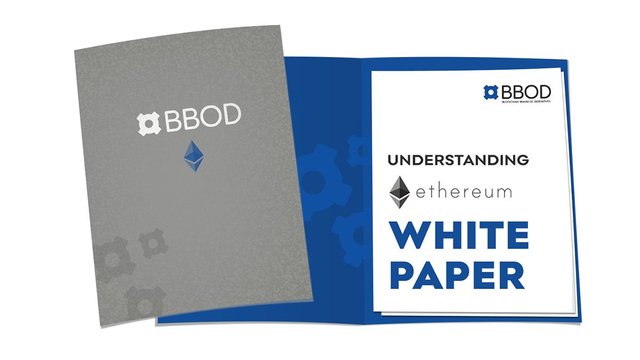Ethereum White Paper Explained: Part 1/3
In the following blog posts, we will be dissecting the Ethereum white paper by describing it in layman terms. As the paper is too long to fit into one blog post, we will be dividing it into several sections. We will try to explain the niche details mentioned in the Ethereum white paper in the simplest terms possible.
If you still feel like going out in the wild and reading the white paper for yourself, here’s the link of the original white paper. Have fun!
Introduction and Existing concepts:
We all know that Satoshi Nakamoto’s development of Bitcoin gave rise to the monumental technology known as - Blockchain. Hopefully, you already know what Blockchain technology is, thanks to our previous posts.
There are numerous other applications for Blockchain technology some of them include: colored coins, smart property, namecoin, smart contracts or DAO (Decentralised Autonomous Organizations). These applications are complex to build on top of the Bitcoin blockchain. To address this issue, Ethereum proposes a Turing-complete programming language that can be used to create smart contracts or encode complicated functions. A Turing-complete language can essentially be used to simulate a Turing machine. A Turing machine is a model that can simulate any computer algorithm regardless of the complexity.
The Ethereum foundation proposes that all the above can be achieved effortlessly in a few lines of code. We will validate this claim further in this blog and future posts.
History:
Digital currencies as a concept have been prevalent for decades. In the 80s and 90s, a cryptography technique called Chaumian Blinding was used. However, they relied on a centralised intermediary which was a clear deal breaker. Then came B-money which proposed a decentralized consensus system but how that would be achieved was debatable. This was followed by Hal Finney proposing reusable proofs of work which when combined with the concept of B-money seemed promising at first but attempts to implicate such a solution were unsuccessful.
Satoshi Nakamoto collated all of these concepts along with other established primitive technologies for managing ownership through cryptography techniques. The consensus algorithm used by the Bitcoin Blockchain to keep track of the coins is called proof of work.
The proof of work consensus mechanism was a major breakthrough in this area as it solved two main problems.
Nodes in the network could now easily agree on using the consensus algorithm to enter transactions in the distributed ledger.
The problem of who gets to decide the entry into the distributed ledger was solved by using the computing power each node is willing to spend.
For miners, this essentially means: More computing power = More blocks mined = More crypto rewards.
Another concept called proof of stake calculates the weight of a node in the voting process based on the number of coins it holds and not just computational resources.
Read the full article: https://www.bbod.io/bbod-blog/2018/7/21/ethereum-whitepaper-explained

